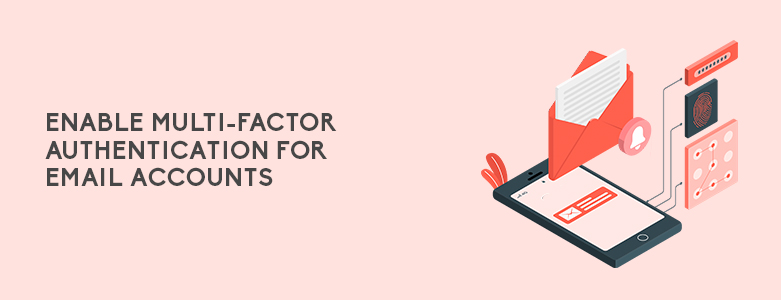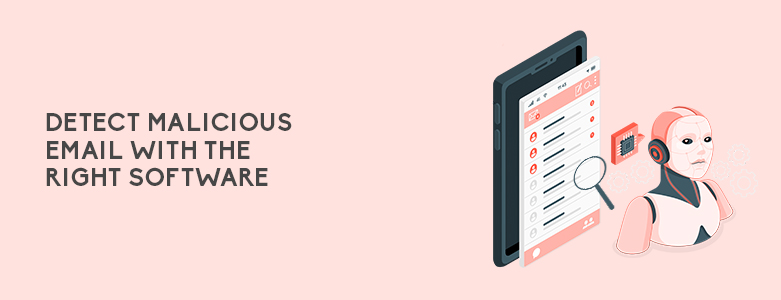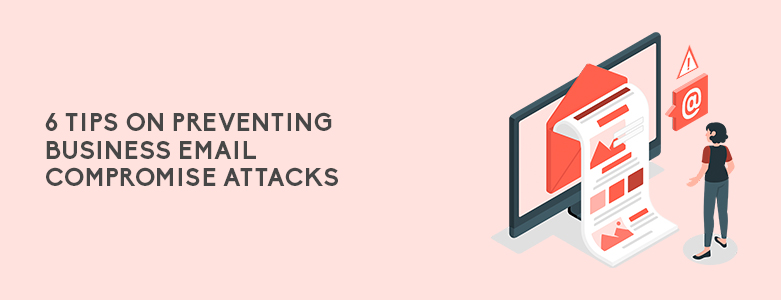Tips on preventing business email compromise attacks
What are some tips on preventing business email compromise attacks?
- Know the common BEC attack scenarios
- Enable multi-factor authentication for email accounts
- Be aware of email address changes
- Clarify suspicious requests
- Detect malicious email with the right software
- Avail of email security as a service
Business email compromise (BEC) is a type of cybercrime where an attacker hacks, spoofs, or impersonates a business email address to trick receivers that they’re receiving an email from a trusted source. BEC attacks are dangerous because they often lead to data theft and financial loss. Keep on reading to learn some tips on preventing business email compromise attacks.
Know The Common BEC Attack Scenarios

BEC attackers rely on social engineering techniques to trick their victims. Because of this, training can greatly help your employees. Proper training helps them become aware of the common attack scenarios, so they could take action immediately when it happens. Here are some examples to look out for:
- Impersonation. BEC attackers will often impersonate a vendor, an executive of a company, or other authorized persons. You might notice that the domain name and email message seem legitimate because an attacker might have hacked their email account. But fund transfers are usually requested to be sent to the cybercriminal’s accounts.
- Sense of urgency. Criminals posing to be executives or other authorized persons will create a false sense of urgency in their email messages, convincing unsuspecting individuals to provide fund transfers. This typically includes the demand for secrecy or a request to bypass security procedures.
Enable Multi-Factor Authentication For Email Accounts

To prevent email accounts from being easily hacked and taken over by criminals and used for BEC attacks, it’s vital to secure them in the first place. By enabling multi-factor authentication for email accounts, you can significantly reduce the chances of accounts being compromised.
Multi-factor authentication is a method of authenticating users by requiring them to provide two or more verification factors before they can access their account. Because other factors are needed in addition to a password, criminals will find it more difficult to infiltrate an account. Below are some examples of additional authentication factors:
- Things you know (answer to a personal security question)
- Things you have (a one-time password sent via text)
- Things you are (fingerprint)
Be Aware Of Email Address Changes

BEC attacks can also happen through email spoofing. In a spoofing attack, the sender of the email can fake their display name and sender address to make the correspondence look like it came from a trusted person or company.
Another tactic is to create lookalike domains by using characters that can easily be confused. For example, @company.com and @cornpany.com will look similar at first glance. This will fool users which are too busy to pay attention.
Because of these tactics, your employees need to be extra aware of email addresses.
Clarify Suspicious Requests

Because BEC attacks can happen due to hacked accounts, it’s a good practice to also be skeptical when reading email messages. Think twice about granting a request for fund transfers or requests asking for sensitive details.
For example, scammers sending emails from accounts of executives have a psychological advantage over the victims, which are often employees from the same company. When your employees receive these kinds of emails, it’s important to instruct them to think twice about whether it’s typical behavior for a CEO to send this kind of request.
Employees should always request clarification for suspicious requests through other channels before authorizing transactions. One method is to pick up the phone and call to confirm first.
Detect Malicious Email With The Right Software

People can make mistakes, so it’s also crucial to add another layer of security by having the right software in place. Look for something that can specifically protect your organization from business email compromise like Trend Micro Email Security.
Trend Micro Email Security combines machine learning and expert rules to examine header and email content. It will analyze the behavior, intention, and authorship of the sender to protect you from BEC attacks. Aside from that, it can also prevent phishing and spam attacks.
Avail Of Email Security As A Service

Email is an important communication tool for your business, so it’s only right for you to invest in email security. With attackers targeting emails to steal confidential information and money, it’s now normal practice for companies to ensure proper protection from criminals.
But there are multiple steps that you must take to protect your email accounts. To make email security implementation easier, it’s beneficial to avail of email security as a service.
From proposing a security architecture design to testing security policies, performing spoof attacks, using an updated threat database, and monitoring — CT Link will help you find the security solution built for your organization.
Key Takeaway
Email is a common attack vector that cybercriminals use to get what they want. It’s where BEC attacks, phishing, and other social engineering attacks occur. That’s why it’s important to invest in employee training, multi-factor authentication, and the right software to detect and block these attacks!
If you need more tips on preventing business email compromise attacks, you can send us a message here at CT Link! We can help you secure your email accounts, so you can ease your worries and focus on your actual work. For questions and inquiries, you can click here.

